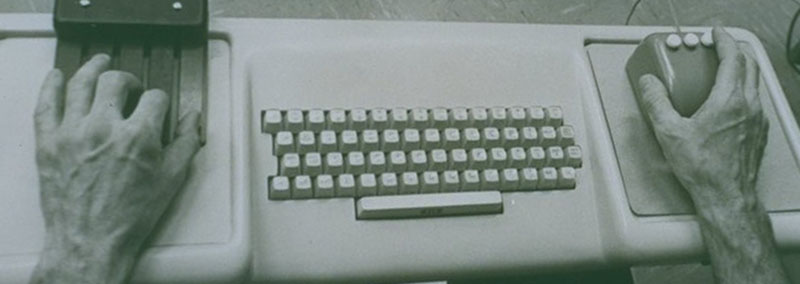Chorded keysets can be found all over. For instance, Braille writers and court stenographers both use them. These chorded keyboards create each letter by pressing a combination of keys rather just one, making for much smaller keyboards [Christine] got the idea to create wearable rig that uses an accelerometer and vibe motor attached to each finger to serve as a one-handed, no-look, silent keyer. Forget small keyboards, this project does away with it altogether, relying on the accelerometers to keep track of your fingers.
[Christine]’s prototype consists of a Bluno BLE controller, a GSM module, and a few accelerometers and motors. The vibration motors not only provide haptic feedback so you know you tapped something, but also replays the chords so you can double-check what you’re writing.
Typically one-handed keyboards rely on button presses, with no-look use dependent on memorizing the layout—think of a 10-key pad. [Christine]’s project lets you type on any surface or none at all, making it handy for typing while you work with the other hand. It also has great potential for vision impaired users.




















Nothing says “geek girl” like a powers-of-two sequence in black ink over pink nail polish.
http://archive.org/details/XD1922-1_92BootstrapSemDay1Ses2?start=3792
I hadn’t seen that video before, but I’ve used the same principle in developing user interfaces before. I’ve never used chording, but I’ve done a graphics application in which all of the keyboard shortcuts are left-hand keys, so that the two hands are used cooperatively – point with the right hand and initiate action with the left. It’s like having a many-button mouse. To reduce the memory burden, the same commands are available by right-click menu, which also shows what the shortcuts are. It’s really fast – you never have to look at the keyboard, and only have to go to menus for rarely-used functions.